What is ASD?
As defined by the Behavior Analyst Certification Board (BACB), “Autism Spectrum Disorder (ASD) is characterized by varying degrees of difficulty in social interaction and verbal and nonverbal communication, and the presence of repetitive behavior and/or restricted interests. Due to the variability and symptom presentation, no two individuals with an ASD diagnosis are the same with respect to how the disorder manifests and its impacts on families.”
According to the Mayo Clinic, if your child exhibits any of the following delays, your doctor may recommend developmental testing:
“Doesn’t respond with a smile or happy expression by 6 months
Doesn’t mimic sounds or facial expressions by 9 months
Doesn’t babble or coo by 12 months
Doesn’t gesture – such as point or wave – by 14 months
Doesn’t say single words by 16 months
Doesn’t play 'make-believe' or pretend by 18 months
Doesn’t say two-word phrases by 24 months
Loses previously acquired language or social skills at any age
If you are concerned that your child may be exhibiting signs of autism, contact your primary care physician.
Understanding Autism & ABA Therapy
Applied Behavior Analysis, or ABA, is a type of therapy that uses variations of scientifically proven treatments to shape behavior.
These behaviors can range from excesses, deficits and problem behaviors to functional living skills. ABA is based on the principle that manipulating stimuli in the environment can change a behavior.
Simply stated, ABA therapy employs different methods and techniques to help individuals acquire certain skills, like language or functional living skills and to decrease certain skills that may be harmful or inappropriate, like self-injurious behavior or self-stimulatory behavior.
Many different methods and techniques work for increasing or decreasing many different types of behavior. By collecting data, we’re able to see which techniques are successful and which are not.
One of the most important principles of ABA is understanding and identifying the function of a behavior. Whether a person is seeking to escape a situation, attention, access to something or to self-stimulate, we can implement a technique to increase the appropriate behavior or decrease the problem behavior.
ABA therapy and other forms of behavior interventions are the most widely accepted and proven therapies for children on the autism spectrum.
As a theory, ABA can sound confusing and full of words that we don’t use in our daily life — here’s an example of how ABA can be used to increase and decrease behaviors:
While Tina is talking on the phone, her daughter Anna begins to cry. When Tina gets off the phone, Anna stops crying. When Tina gets back on the phone, Anna cries again. Here, we can see that Anna’s function of behavior is attention seeking, but she is not requesting attention appropriately. ABA principles would have Tina withhold her attention (so as to not positively reinforce the problem behavior of crying) until Anna is calm. Then, she would ask Anna to ask for Tina’s attention before the problem behavior occurs. Tina would need to immediately give her attention to Anna when she requests it, so she positively reinforces the appropriate behavior.


